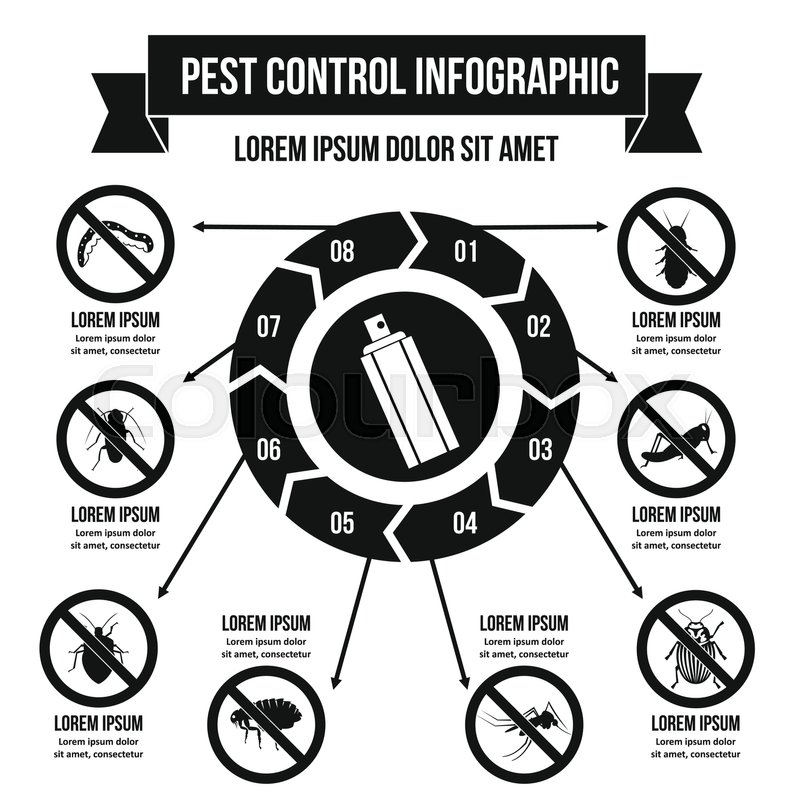Getting Expertise On Exactly How Rats Behave Is Vital For Successfully Managing Parasite Problems. Professionals Offer Important Insights On This Issue
Getting Expertise On Exactly How Rats Behave Is Vital For Successfully Managing Parasite Problems. Professionals Offer Important Insights On This Issue
Blog Article
Content Composed By-Medina Levin
Think of being able to expect the actions of your opponents in a video game of chess, always staying one action in advance.
On the planet of parasite control, understanding rodent habits is like having that strategic advantage. By gaining expert understandings into the nesting routines, feeding patterns, and interaction and social habits of rats, you can properly fight these pesky creatures.
Yet just how specifically do rats behave, and why is it important to understand? In this conversation, we will certainly decipher the secrets of rodent actions, providing you with important understanding that will aid you stay in advance in the fight versus bugs.
Are click for more ready to discover the secrets of these shrewd animals?
Nesting Behaviors
To comprehend rodent behavior and properly control pests, it is necessary to gain insight right into their nesting practices.
Rodents, such as mice and rats, have a natural reaction to find sanctuary and produce nests where they feel secure and protected. These nests work as their homes, breeding grounds, and storage locations for food. Understanding their nesting routines can aid you recognize possible locations of problem and implement targeted control measures.
Rats normally prefer nesting in dark, private spaces, such as attics, basements, crawl spaces, and wall gaps. They utilize products like shredded paper, material, insulation, and also chewed-up electric cables to develop their nests.
Feeding Patterns
Rodents display unique feeding patterns that play an essential role in their actions and can notify effective bug control methods. Recognizing these patterns is crucial for applying successful pest control procedures.
Rodents are opportunistic feeders, implying they'll eat whatever food is conveniently available. They've a preference for high-calorie foods such as grains, nuts, and seeds. This is why correct storage space of food and waste management are important in protecting against rodent problems.
In addition, rats are nighttime, which means they're most active throughout the evening when they look for food. By recognizing their feeding patterns, you can tactically position catches and baits to optimize their effectiveness.
Keeping food resources inaccessible and maintaining a tidy environment can help deter rodents and reduce the risk of invasion.
Communication and Social Behavior
Recognizing just how rats connect and connect socially is critical for reliable bug control approaches. Rodents, like mice and rats, have complicated communication systems that they make use of to share details to every other and collaborate their activities. Here are 3 essential aspects of rodent interaction and social actions:
1. Articulations: Rats generate a large range of singing audios, including squeaks, chirps, and babbling, to interact with each other. termite inspection cost can convey various messages, such as danger cautions or mating phone calls.
2. Scent noting: Rodents make use of scent glands to leave chemical signals on things and in their setting. These scent marks function as territorial limits and communicate info concerning reproductive condition, supremacy, and social affiliation.
3. Social hierarchy: Rats have an ordered social structure, with leading people having accessibility to sources and favored nesting sites. Recognizing this power structure is important for targeting bug control efforts and recognizing vital individuals for removal.
Final thought
So, there you have it - a quick look right into the remarkable world of rodent actions. By comprehending their nesting behaviors, feeding patterns, and interaction, we can better tackle the concern of insect control.
Did you understand that a women mouse can generate as much as 10 clutters annually, with each trash consisting of around 5-6 puppies? This unbelievable figure highlights the relevance of timely and reliable parasite administration to stop rodent populations from spiraling out of hand.
